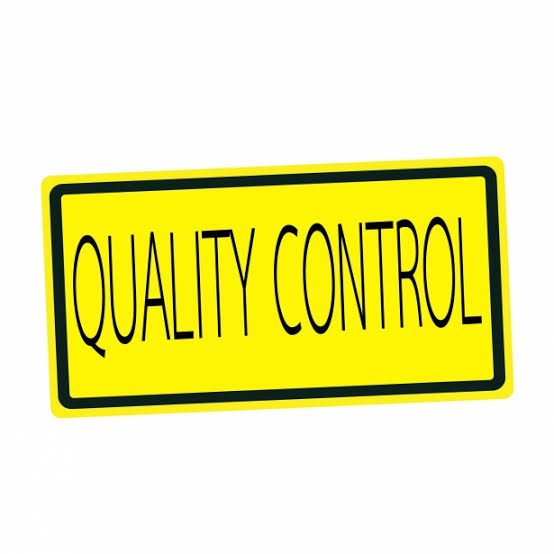Incoming Material Control

The materials manager is very much concerned with the quality of incoming materials, as he is responsible for
the supply of the right quality materials to the user departments, so that the quality of the end-products is ensured.
For prudent materials planning, better buyer-seller relations and vendor rating, he should be aware of the inspection schemes and rejections, whether the items are inspected by the user departments or by an independent quality control section. In all organisations, the stores department inspects a large number of standard items, as well as detergents and
soaps, and in a few organisations, the materials department also inspects raw materials and spare parts.
Acceptance of Stores
All kinds of inspection, even counting the items, costs money. The use of statistical sampling schemes allows the management to decide upon tolerable levels for the risks of undesirably rejecting good materials and accepting bad materials when information is based upon sample inspection
Quality control inspection is undertaken in industry in order to ensure that the products conform to the specified or pre-established standards. Such quality control inspection is carried out in the purchase of new materials, in the inter-departmental flow of materials or components from one department to another and in the final acceptance of finished products for distribution.
Inspection of this kind help:
to prevent sub-standard items from reaching the next use department and the final inspection prevents defective item: from reaching the consumer. Through this process, it be comes possible to detect the various sources or factor:
which cause defective production and then to take appro priate remedial measures.
Inspection Methods
Before a lot, consignment batch.or shipment of item:
produced under homogeneous manufacturing condition
reaches the buyer, say, a manufacturing company buying raw materials or industrial components or a bulk buyer like the DGS&D. the following three alternatives are available to the buyer in making the purchase:
1 .To accept the lot without any inspection;-this would depend upon the confidence placed in the supplier
or on the assumption that the items have been inspected and passed at the supplier’s end:
2. To inspect each and every one of the items in the lot; such cent per cent inspection is not always practicable, because of the considerations of time, cost, destructibility and fatigue:
3.To choose appropriate sample of the lot on the basis of sampling techniques and undertake planned inspection to identify items which conform to the standards and segregate items which are found to be defective: and, on this basis, to decide the acceptance or rejection of the lot: in this event the entire rejected lots may be returned to the supplier or it may be
subjected to cent per cent inspection after which only the defective items may be returned to the supplier
for replacement.
This last alternative method is called Acceptance Sampling. It is to be emphasised that the purpose of acceptance sampling is to determine the acceptance or rejection of
the lot as a whole. The object is also to cumulate information about the manufacturing process, which will be fed back to the supplier in order to achieve and maintain a satisfactory standard.
Acceptance Sampling
One of the fundamental issues in inspection is the question of how much to inspect. If nothing is inspected,there is risk of reaching poor quality materials to the consumer. On the other hand, 100% inspection is not
practically feasible due to following reasons:
The cost of inspection is high.
Risk of spoilage of the parts.
Time taken for inspection will be too long,
When the population is large, it may be impracticable or even impossible to inspect each and every unit.
In such cases, the quality acceptance decision must be based on sample. Acceptance sampling is one of the
most powerful statistical techniques of quality control. The purpose of sampling inspection is to estimate the quality of an entire lot by inspecting only a small portion of it.
This technique is generally used in those situations where items are inspected in batches, generally known as lots. For example, you may receive a shipment of 10,000 electric bulbs and you may have to decide whether to accept the shipment or return it back to the supplier.
The lot, which in turn depends on the use and the price you are acceptability will depend on the acceptable quality of the willing to pay for its quality. Suppose you decide to accept
if the average-fraction detective is less than percent. Then to ascertain the actual quality you may decide to inspect each and every bulb. Such a strategy of 100 percent



